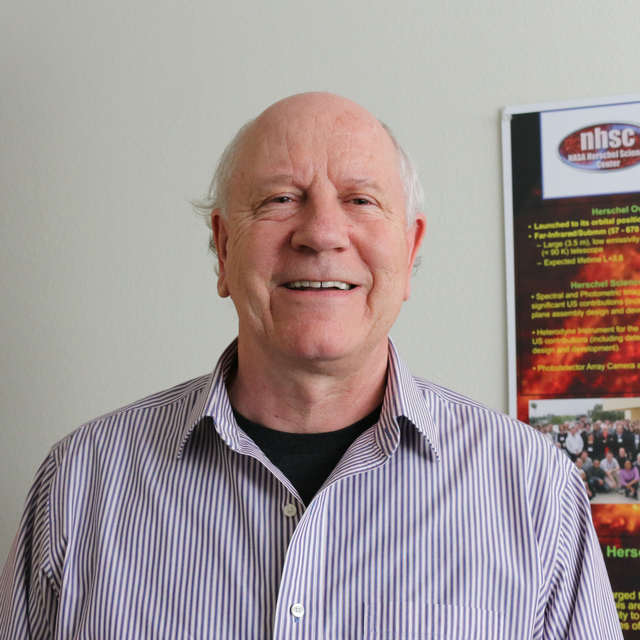August
2018
•
2018ApJ...863...28A
Authors
•
Ardila, Felipe
•
Alatalo, Katherine
•
Lanz, Lauranne
•
Appleton, Philip N.
•
Beaton, Rachael L.
•
Bitsakis, Theodoros
•
Cales, Sabrina L.
•
Falcón-Barroso, Jesús
•
Kewley, Lisa J.
•
Medling, Anne M.
•
Mulchaey, John S.
•
Nyland, Kristina
•
Rich, Jeffrey A.
•
Urry, C. Meg
Abstract
•
The Shocked POststarburst Galaxy Survey (SPOGS) aims to identify galaxies in the transitional phase between actively star-forming and quiescence with nebular lines that are excited from shocks rather than star formation processes. We explored the ultraviolet (UV) properties of objects with near-ultraviolet (NUV) and far-ultraviolet (FUV) photometry from archival GALEX data; 444 objects were detected in both bands, 365 in only the NUV, and 24 in only the FUV, for a total of 833 observed objects. We compared SPOGs to samples of star-forming galaxies (SFs), quiescent galaxies (Qs), classical E+A post-starburst galaxies, active galactic nuclei (AGN) host galaxies, and interacting galaxies. We found that SPOGs have a larger range in their FUV-NUV and NUV-r colors compared with most of the other samples, although all of our comparison samples occupied color space inside of the SPOGs region. On the basis of their UV colors, SPOGs are a heterogeneous group, possibly made up of a mixture of SFs, Qs, and/or AGN. Using Gaussian mixture models, we are able to recreate the distribution of FUV-NUV colors of SPOGs and E + A galaxies with different combinations of SFs, Qs, and AGN. We find that the UV colors of SPOGs require a >60% contribution from SFs, with either Qs or AGN representing the remaining contribution, while UV colors of E + A galaxies required a significantly lower fraction of SFs, supporting the idea that SPOGs are at an earlier point in their transition from quiescent to star-forming than E + A galaxies.
Links




